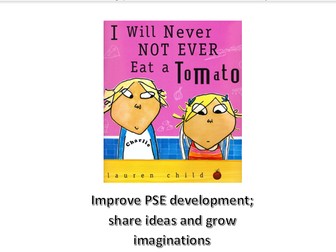Fruit counting - 2 resources!
There are 2 resources -->
The first resource is a Fruit tally chart task.
Ideally, print it out and get your students (1 by 1 or to work in groups and ask amongst themselves) to ask their classmates what their favourite fruit is - to which they then make a tally chart alongside the corresponding fruit. This will help students get the hang of doing tally charts and can also grow their confidence and being able to take turns with their classmates!
The second resource is a counting fruit task. Again, ideally, print it out. But this time, this resource can be distributed to all your students (so they don’t need to take in turns!)
You can also watch a video about fruits with your students - which you can then discuss more about afterwards! :)
